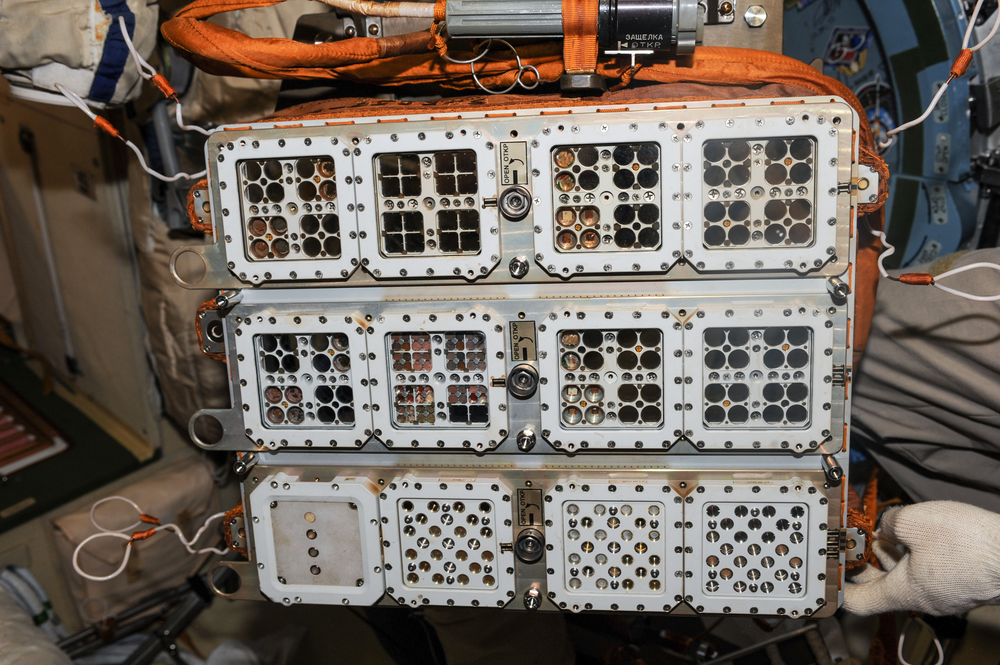Station Science Top News: April 5, 2024
Astronauts frequently experience headaches during flight. Researchers found that tension headaches, by far the most frequent type, were experienced throughout and particularly toward the end of a mission, while migraines occurred primarily in the first week. A better understanding of the type and rate of headaches is needed to mitigate their effect on astronaut work performance and well-being.
ESA's (European Space Agency) Space Headaches investigation examined post-flight data to assess the incidence of headache episodes in crew members, analyze headache characteristics, and classify the types of headaches. Researchers also recorded levels of carbon dioxide and oxygen, partial pressure, temperature, and relative humidity on the International Space Station and concluded that headaches were not associated with temperature changes or levels of oxygen or carbon dioxide. Astronauts who participated in the study did not have regular headaches before or after their spaceflight.
Read more here.
***
Researchers found that the biofilm structures of Pseudomonas aeruginosa bacteria can differ depending on the material and shape of the surface on which it grows, and the structure is not affected by microgravity. P. aeruginosa is a bacterium that infects people with weakened immune systems. Understanding changes that biofilms may undergo in microgravity could identify key targets for countermeasures to reduce their formation.
Clusters of bacterial cells, known as biofilms, have an extracellular matrix that protects them against environmental stresses and increased antibiotic resistance, and they strongly attach to surfaces, which their metabolic by-products can degrade. Microgravity can alter some biofilm behavior, increasing the risk they pose to astronauts and spaceflight hardware. Space Biofilms characterized the mass, thickness, structure, and associated gene expression of biofilms that form in space.

***
Some types of harmful bacteria have systems called extracellular vesicles (EVs) that deliver bacterial products to their hosts and environment. Some pathogenic bacteria can transfer molecules to target cells by fusing their EVs with the membrane of a recipient cell. Researchers examined EVs from Komagataeibacter oboediens bacteria exposed to space and simulated Mars-like stressors on the space station and found that they could fuse to artificial cell membranes. This finding could support medical research to develop ways to use EVs to deliver therapeutics to hard-to-reach tissues such as the brain and tumors.
ESA’s EXPOSE-R2-BIOMEX experiment measured the survival of terrestrial organisms in extreme environments and the resistance of particular pigments and cellular components to space and Mars-like conditions. This paper reports on cellulose-producing bacteria isolated from kombucha samples exposed to space and simulated Mars-like conditions on the orbiting laboratory and identified as K. oboediens IMBG185. The EVs of this type of bacteria do not fuse with artificial membranes under normal conditions but acquired this capability after spaceflight.

Photographic documentation taken during operations with EXPOSE-R payload, test airtight containers, and replaceable cassette containers (CKK) after extravehicular activity-42.







